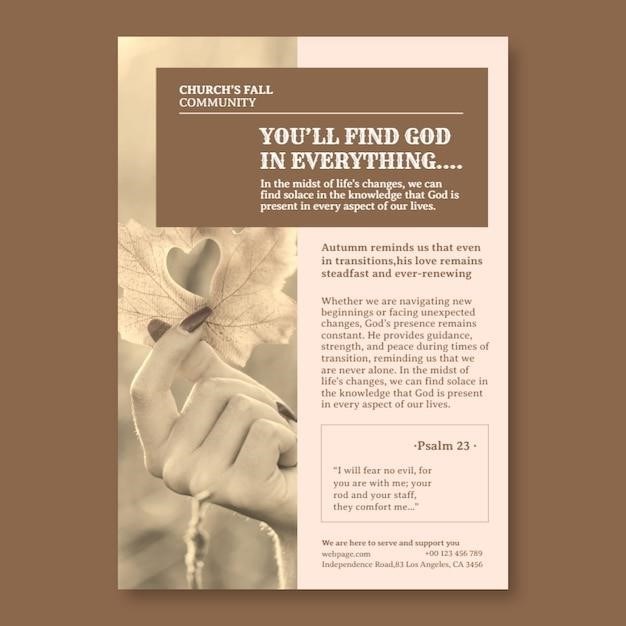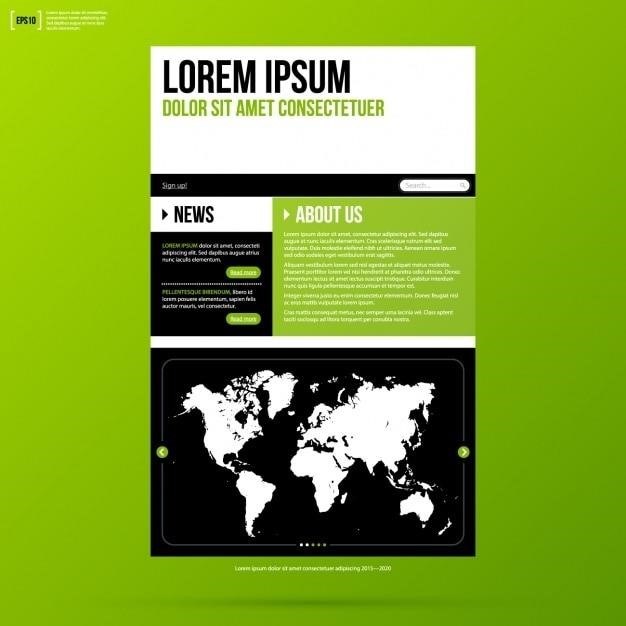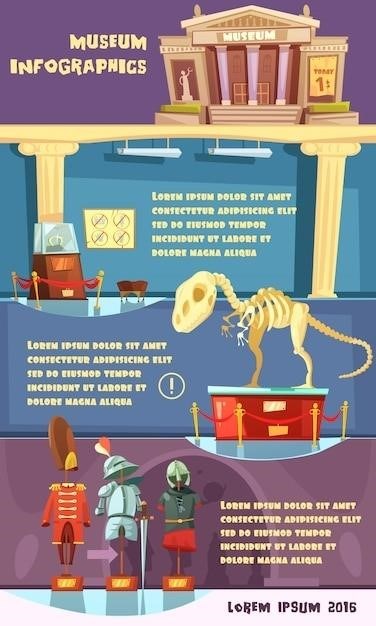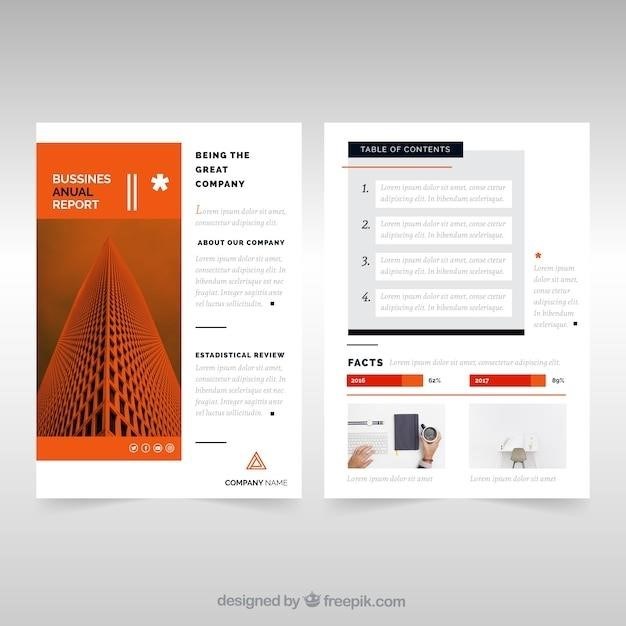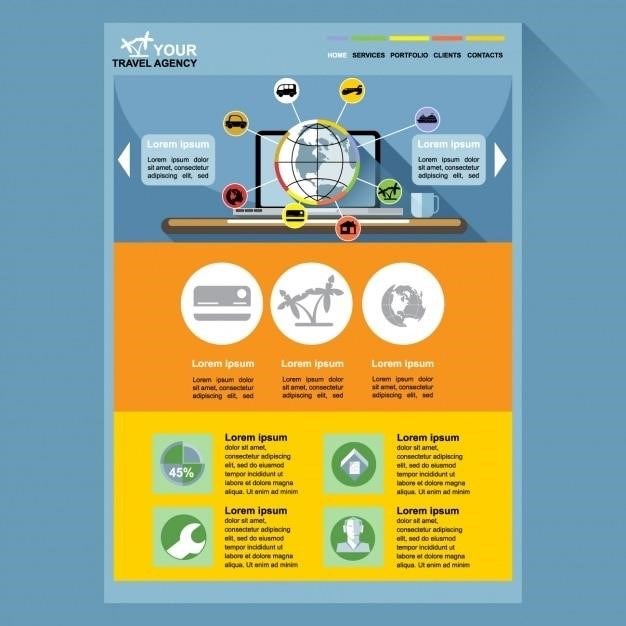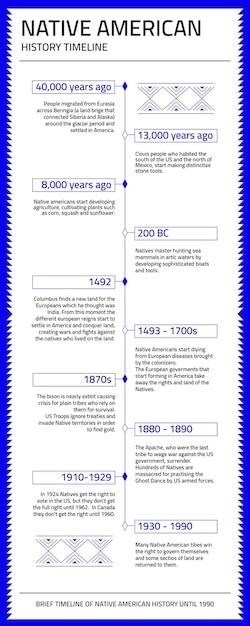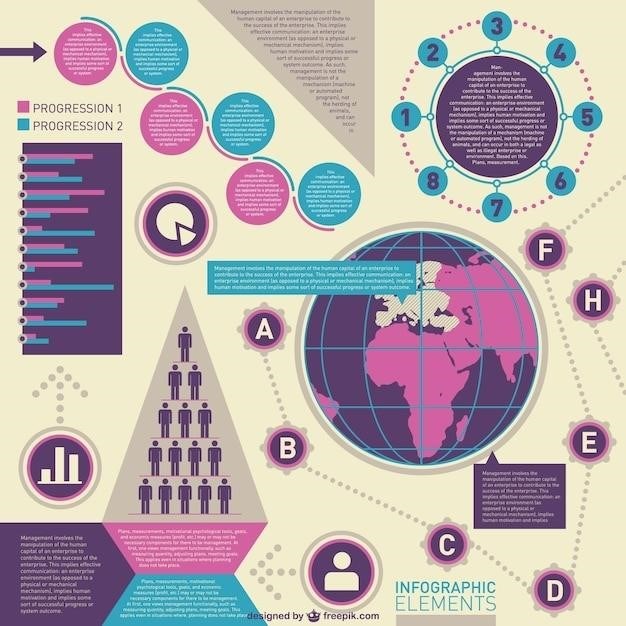Finding “The Book of Knowledge” PDF Online
Locating PDFs of “The Book of Knowledge” online requires careful searching․ Multiple versions exist, each with varying titles and authors․ Free downloads may be available from online libraries, archives, or direct website links; however, always verify authenticity and copyright․
Different Versions and Titles
The phrase “Book of Knowledge” encompasses a wide range of publications, leading to potential confusion when searching for specific PDFs․ There’s Imam Gazali’s influential work, often titled “Ihya Ulum al-Din,” translated as “The Revival of the Religious Sciences,” available in various PDF versions online․ Another prominent title is Arthur Mee’s “The Book of Knowledge,” a multi-volume encyclopedia popular in the early 20th century․ Numerous other books use similar titles, ranging from compilations of general knowledge to specialized texts on specific subjects like Islamic studies or business analysis․ This diversity necessitates precise keyword searches to pinpoint the desired edition․ Be aware that different translations and adaptations exist, even for the same original work, leading to variations in content and presentation․ Therefore, carefully examining descriptions and previews before downloading any PDF is crucial․
Download Options and Formats (PDF, TXT, etc․)
Finding “The Book of Knowledge” as a PDF often involves exploring various download options․ Many websites offer direct PDF downloads, sometimes alongside alternative formats like TXT (plain text) or even presentation slides․ The availability of specific formats depends heavily on the particular version and source․ Some sources might offer chapter-by-chapter downloads, allowing users to select only the sections they need․ Others may provide the complete book as a single large PDF file․ File sizes can vary significantly, depending on factors like the book’s length, image inclusion, and formatting․ It’s essential to check file sizes before downloading to ensure compatibility with your devices and available storage space․ Remember to always check the source’s legitimacy to avoid downloading corrupted or infected files․ Look for reputable online libraries and archives for trustworthy downloads․
Availability on Online Libraries and Archives
The availability of “The Book of Knowledge” as a PDF within online libraries and archives varies considerably depending on the specific edition․ Some well-known digital libraries may host digitized versions, often offering free access for registered users․ However, copyright restrictions and licensing agreements frequently limit access to certain titles․ Searching across multiple online archives and libraries is crucial, as the availability of a particular edition might differ across platforms․ Remember to check the terms of use for each online library or archive, as some may impose limitations on downloading or printing․ Many academic libraries provide access to their digital collections, offering a wealth of resources, but access may be restricted to members or require subscriptions․ Always verify the authenticity and integrity of any downloaded PDF from online libraries to ensure it’s a legitimate copy and not a corrupted or pirated version․
Specific “Book of Knowledge” Titles
Numerous books share the title “Book of Knowledge,” including Imam Gazali’s and Arthur Mee’s works․ Other publications with similar titles also exist, leading to potential confusion during online searches․
The Book of Knowledge by Imam Gazali
Imam al-Ghazali’s “Ihya Ulum al-Din” (“Revival of the Religious Sciences”) is often referred to as “The Book of Knowledge․” This monumental work of Islamic theology and jurisprudence is not easily found as a complete PDF online due to its length and complexity․ However, various translations and excerpts might be available in digital formats through online Islamic libraries or academic databases․ Searching for “Ihya Ulum al-Din PDF” or variations thereof might yield partial downloads or translations․ Be cautious about the authenticity of any online resource; verify its source and accuracy․ Remember to always respect copyright restrictions when accessing and distributing such material․ Complete, authorized English translations are available in print, offering a superior reading experience compared to potentially incomplete or inaccurate online versions․ Always prioritize reputable sources and academic institutions for accurate and reliable access to this important religious text․ Consider the ethical implications before downloading, and remember that paying for authorized copies directly supports the preservation and dissemination of this invaluable work․
The Book of Knowledge by Arthur Mee
Arthur Mee’s “The Book of Knowledge” is a classic encyclopedic work aimed at a younger audience․ Published in the early 20th century, it’s a comprehensive collection of information across various subjects, presented in an engaging and accessible manner․ While a complete PDF of the original edition might be challenging to find freely online due to copyright restrictions, you might locate excerpts or digitized versions of specific sections through online archives or book-sharing platforms․ Always check for copyright information before downloading any material․ Remember to respect the intellectual property rights of the authors and publishers․ Searching for variations of the title, including “The Children’s Book of Knowledge,” might broaden your search results․ Consider exploring digital libraries or academic databases that may offer access to digitized versions of this historical work․ Keep in mind that the quality of any freely available online versions may vary, and complete, accurate copies may require purchasing a physical or digital version from reputable sellers․
Other Books with Similar Titles
Many books utilize variations of “Book of Knowledge” in their titles, leading to potential confusion during online searches․ These can range from encyclopedias and compendiums of general knowledge to works focused on specific subjects like Islamic teachings or esoteric knowledge․ Some titles might include phrases like “The Big Book of Knowledge,” “The New Book of Knowledge,” or “A Book of Knowledge․” When searching online, using precise keywords or filtering search results by author or publication date can help differentiate between these various titles․ Remember to carefully examine the book description and table of contents before downloading to ensure it aligns with your intended subject matter․ Be aware that some books with similar titles might be compilations of various sources or may focus on a niche topic rather than general knowledge․ Thorough research is crucial to avoid downloading the wrong material․ Cross-referencing information from multiple sources can help verify the authenticity and content of any PDF found online․

Accessing PDFs⁚ Methods and Platforms
Finding “The Book of Knowledge” PDFs involves using various methods․ Direct download links from websites, PDF search engines, and online libraries offering free downloads are common approaches․ Always check for legitimacy․
Direct Download Links from Websites
Many websites offer direct download links for PDFs, but proceed with caution․ Some sites may host copyrighted material illegally, exposing you to legal risks․ Always check the website’s legitimacy and reputation before downloading․ Look for reviews or testimonials to assess trustworthiness․ Be wary of sites that require excessive personal information or suspicious payments․ A reliable site will clearly state its terms of service and copyright policies․ Before downloading, verify the file size and format match the description․ A disproportionately small file size might indicate a corrupted or incomplete version․ Review user comments or forums to see if others have successfully downloaded and used the PDF from the website․ Cross-reference information with other sources to confirm accuracy․ If you encounter suspicious activity, report it to the appropriate authorities․
PDF Search Engines and Aggregators
Specialized PDF search engines and aggregators can be invaluable tools for finding “The Book of Knowledge” in PDF format․ These platforms index PDFs across the web, allowing you to search by title, author, or keywords․ However, be aware that not all results will be legitimate or legally accessible․ Always check the source of the PDF before downloading, ensuring it’s from a reputable publisher, library, or archive․ Many aggregators compile links from various sources, some of which may violate copyright․ Prioritize results from established institutions known for reliable digital content․ Look for PDFs with clear metadata, including author, publication date, and publisher information․ Be cautious of sites with excessive ads or suspicious links, as these could indicate malicious intent․ Remember to always respect copyright laws and only download PDFs from legitimate sources․ Utilize multiple search engines or aggregators to broaden your search and increase your chances of finding a reliable PDF․
Online Libraries Offering Free Downloads
Several online libraries offer free access to digitized books, potentially including various editions of “The Book of Knowledge” as PDFs․ These libraries often host public domain works or books with open licenses․ Examples include the Internet Archive, Project Gutenberg, and HathiTrust Digital Library․ Searching these platforms for specific titles or authors can yield positive results․ Remember that availability varies; not all “Book of Knowledge” versions will be freely available online․ Check the library’s terms of use regarding downloading and usage rights before accessing any PDF․ Some libraries may restrict downloads to certain regions or institutions․ Always verify the authenticity of the downloaded PDF by comparing it to information found on the library’s website or other reliable sources․ Be mindful that the quality of digitized books can vary; some may have imperfect formatting or image quality․ Explore different libraries’ catalogs to maximize your chances of finding a suitable free PDF version․

Legal and Ethical Considerations
Downloading copyrighted PDFs without permission is illegal․ Respect authors’ and publishers’ rights․ Verify PDF authenticity to avoid misinformation․ Always check for and adhere to copyright and licensing information․
Copyright and Intellectual Property Rights
Copyright law protects authors’ and publishers’ rights to their works, including digital versions like PDFs․ Downloading or distributing copyrighted “Book of Knowledge” PDFs without permission infringes these rights․ This is a serious legal issue with potential consequences, including fines or lawsuits․ Understanding copyright is crucial before accessing any online material․ Public domain works, however, are free from copyright restrictions․ Determining whether a specific “Book of Knowledge” edition falls under copyright or is in the public domain requires careful research․ Many factors determine copyright status, including the publication date and any subsequent renewals․ Always check for copyright notices and licensing information before downloading or sharing any PDF․
Respecting Publishers and Authors
Respecting the efforts of publishers and authors is paramount when seeking “The Book of Knowledge” as a PDF․ Unauthorized distribution undermines their work and potential income․ Consider the financial investment publishers make in editing, printing, and marketing books․ Authors dedicate significant time and effort to writing and research․ Downloading copyrighted PDFs without payment deprives them of justly earned compensation․ Supporting authors and publishers can be done through purchasing legitimate copies, either physical or digital․ This ensures they receive fair compensation for their creative work․ Moreover, respecting their intellectual property shows appreciation for their contribution to knowledge and culture․ Ethical consumption supports the creation of more high-quality books and fosters a thriving literary environment․ Remember, free access doesn’t always mean free from ethical considerations․
Verifying Authenticity of Downloaded PDFs
Before using any downloaded PDF of “The Book of Knowledge,” verifying its authenticity is crucial․ Many websites offer free downloads, but not all are legitimate․ Some PDFs might be incomplete, contain errors, or be outright fraudulent․ Check the source’s reputation; reliable sources often have clear contact information and terms of use․ Look for reviews or testimonials from other users․ Compare the PDF’s content with information from known reputable sources or reviews to detect inconsistencies or alterations․ Be wary of websites offering suspiciously high numbers of free downloads or those lacking clear information about the copyright․ Consider the quality of the PDF itself․ Poor formatting, frequent errors, or low resolution might indicate an unreliable source․ If possible, cross-reference key passages or information with other verified editions of the book․ A high-quality, legally obtained PDF will typically have a professional appearance and accurate content․


